Did the Indian Council for Medical Research factor in the extreme side effects and easy availability of this antimalarial drug before recommending it for those who face a high risk of coronavirus infection?
hen the Indian Council for Medical Research (ICMR) released a statement on March 23 recommending use of the antimalarial drug hydroxychloroquine as a preventive medicine for those who face a high risk of coronavirus infection, C. Banerjee, a 69-year-old resident of Delhi’s Kalkaji, says the news gave him the shivers. In the 1980s, as cases of malaria began to increase in India, chloroquine (which is closely related to hydroxychloroquine) was widely prescribed. It is like swallowing death, recounts Banerjee. Reported side effects of chloroquine include nausea, headache, mood swings, skin irritation, swelling, cramps, pale skin, muscle weakness, bleeding from nose and hearing problems. An overdose can result in death. Hydroxychloroquine too can lead to headaches, nausea, lowering of blood glucose, drowsiness, reduced appetite, depression, irreversible blindness, cramps and heart failure (if overdosed). It leaves a horrible bitter taste in the mouth. I remember taking it and feeling faint, nauseous and terribly unwell. I hope the drug is different now, adds Banerjee.
Hydroxychloroquine is slightly more tolerable, but is equally dangerous in its side effects if taken without supervision, as is an entire class of anti-malarial drugs. It also bears similarities in its mode of action against malaria to the world’s first anti-malarial drugquinine. In Peru, the Inca civilisation used the bark of the Cinchona plant to treat shivering (which many say could have been caused by malaria or low-grade fever).
A great early result from a drug that will start tomorrow in New York and other places! #COVIDー19 https://t.co/4F4Qk4WFtK
— Donald J. Trump (@realDonaldTrump) March 23, 2020
In 1633, this herbal medicine was introduced in Europe to reduce fever, but the compound quinine was first extracted from the bark in 1820. In 1944, it was synthesised in a laboratory and began to be used to treat malaria. There has never been a synthesis that can compete with the extraction from the bark. But in 1934, chloroquine was synthesised as a quinine alternative and eventually began to be used more popularly for malaria treatment, especially in areas where quinine resistance might have developed. Hydroxychloroquine came along in the 1950s, and is said to be slightly less extreme in side effects than both its predecessors. It is on the World Health Organization’s Model List of Essential Medicines, the safest and most effective drugs needed in a health system. Quinine itself is no longer on it.
2 days after Trump says hydroxychloroquine was the “biggest game changer in the history of medicine”, a person died of chloroquine poisoning. pic.twitter.com/k3hmWQ5KGE
— Jason Westin, MD (@DrJasonWestin) March 23, 2020
https://twitter.com/DrDenaGrayson/status/1242189419572080641?ref_src=twsrc%5Etfw
There has been widespread uproar over the ICMR recommending the drug for protection against COVID-19. Doctors say the medical evidence is still too limited to be sure of hydroxychloroquine’s antiviral properties. The antiviral effects of chloroquine were described in a research paper published in The Lancet in 2003. Chloroquine exerts direct antiviral effects, inhibiting pH-dependent steps of the replication of several viruses, including members of the flaviviruses, retroviruses and coronaviruses,’ it noted. Both chloroquine and hydroxychloroquine were shown to inhibit SARS-CoV-2 in a lab setting, but a further study concluded that hydroxychloroquine was more potent than chloroquine, with a more tolerable safety profile. It has been used to study several viral infections, including Ebola, influenza and dengue. But several studies noted that meaningful action requires a large dose of the drug inside the cells, and it can increase toxicity, which is a key concern when using both the drugs.
The idea to use hydroxychloroquine for COVID-19 didn’t originate from US president Donald Trump’s tweet about the drug as a possible cure, but came from two small studies in China and France, and some anecdotes of successful treatments, including the case treated in Jaipur (where it was used in combination with Oseltamivir, Lopinavir 200 and Ritonavir). We have already isolated the strain of COVID-19 in India. Before a treatment is approved by the government, it needs much more testing. Right now, doctors are using drugs based on individual symptoms, says Dr K. Sujatha Rao, former Union health secretary. The Chinese study (which included 100 patients), in particular, garnered a lot of attention after it showed that hydroxychloroquine reduced the viral load. The symptoms of COVID-19 were not as severe and patients were cured faster. But health organisations, including WHO, have not approved the use of either chloroquine or hydroxychloroquine for COVID-19 treatment or prevention. While both might be game-changers for the ongoing pandemic, large-scale studies need to be done before they can be certified as safe. Let us not forget that when scientist Hans Andersag first synthesised chloroquine, it was not used for almost a decade as the initial evaluation considered it to be too toxic.
It is very important to note that ICMR has specified only two categories of high risk’ people who should use hydroxychloroquine for prevention or prophylaxishealth workers and household contacts of positive cases. A national taskforce has been set up to ensure that the use is restricted and the drug is only sold on prescription. They have also specified in an online notice that this should not instil a false sense of security against COVID-19 and users should continue with hygiene and social distancing protocols. A person reporting symptoms to the drug needs to immediately seek out the medical practitioner who prescribed it.
But ICMR forgot that information spreads faster than caution today. The drugs have already sold out in many online pharmacies in the country. And reports of anti-malarial drugs being in demand are doing the rounds. This was to be expectedafter Trump’s endorsement, three people were hospitalised in Nigeria for chloroquine poisoning, and the UK had to ban the export and hoarding of the drug. In India, the drug is readily available and affordable. And while doctors have attested to the drug’s potential against COVID-19, few are willing to take the entire leap of faith like ICMR. Most notably because of the potential consequences of people using the drug as self-medication. The adverse effects of this drug are life-threatening if taken without guidance. Right now, there is mass fear against COVID-19; people believe it will kill them. Suddenly, if you announce a drug for prevention, and it is available readily, people will think let me also try it’, says Dr K.K. Aggarwal, cardiologist and head of the Confederation of Medical Associations of Asia and Oceania (CMAAO). Better communication should have been decided on to ensure everyone does not go out and buy it. This is certainly not a drug for home use. Yet, as social media buzzes with images of people stocking up on hydroxychloroquine and other antimalarial drugs, it seems many do believe it will protect them.
The quinoline family has a lot to offer modern medicine and humanity even today. But these are still to be entirely understood, and can do great damage if taken without knowledge of the side effects. In 1633, when quinine was brought to Europe to be used against fever, only a select few physicians reportedly had it because the toxicity was extremely high and they did not know how it would affect everyone. There was no Twitter, no e-medicine, and no TVdrugs could be given to a small, high risk, sample without everyone wanting to use it, which is perhaps what the ICMR was aiming for. But in 2020, publicly approving a drug needs to be thought through much more and precautions need to be in place before announcements. The repercussions of people using hydroxychloroquine at home are not worth the little bit of hope it has brought to our lives.

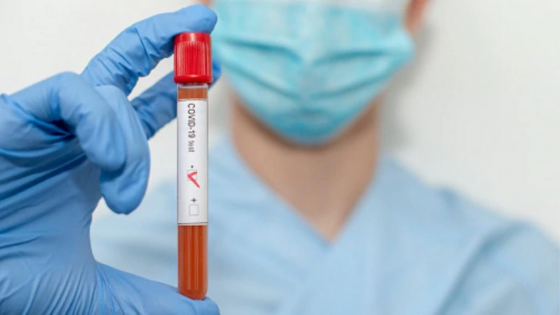
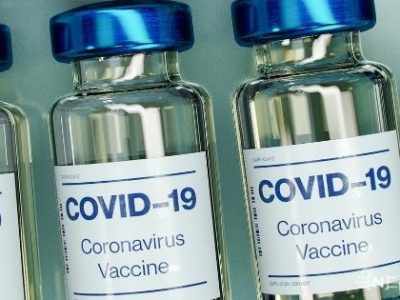

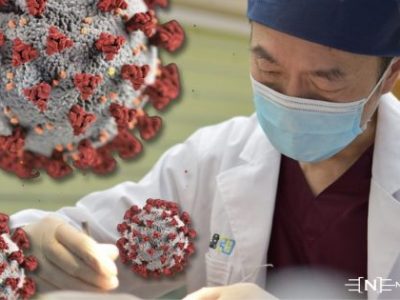



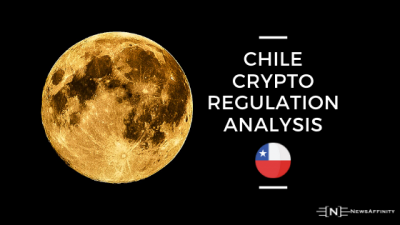
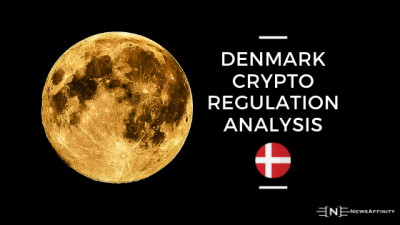
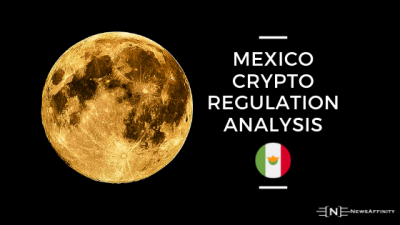
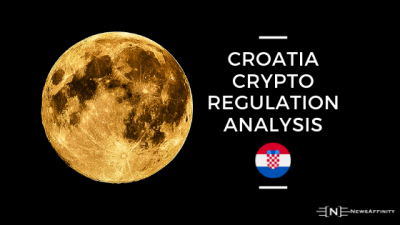
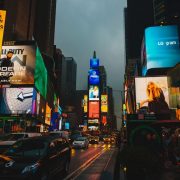



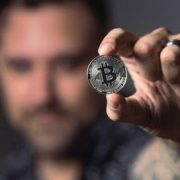
Comments